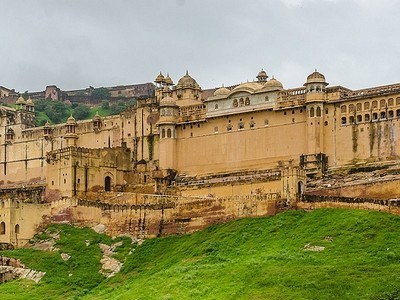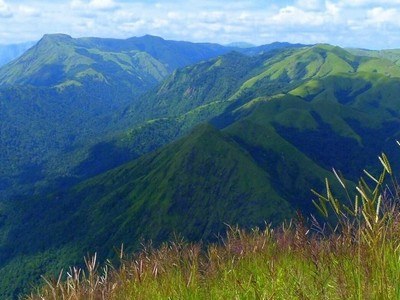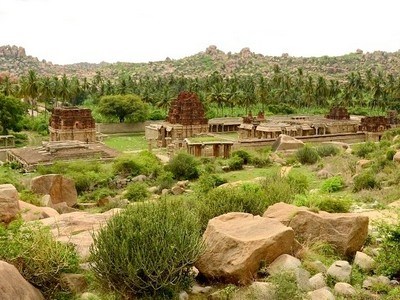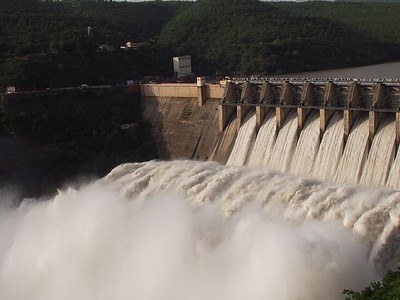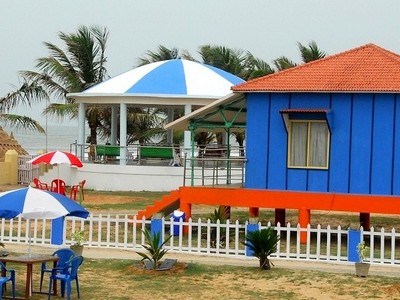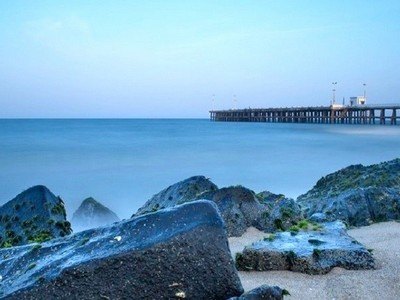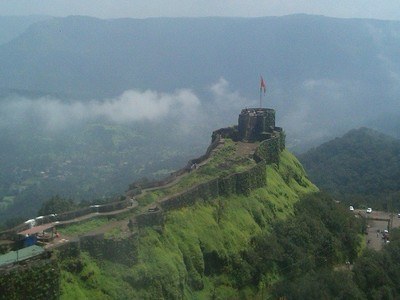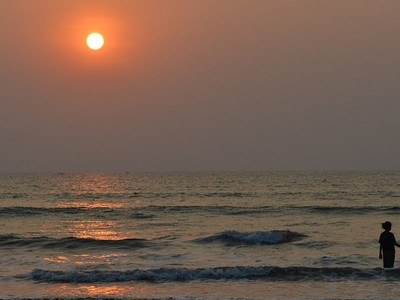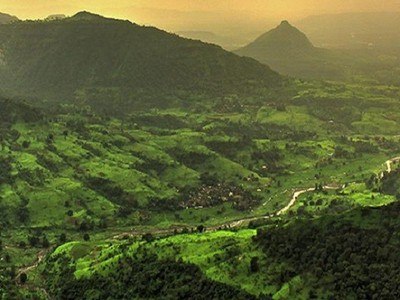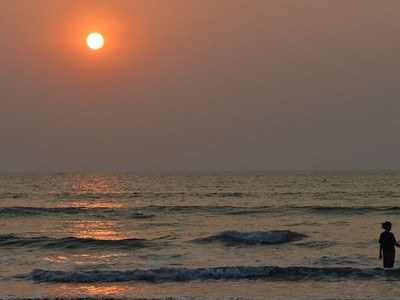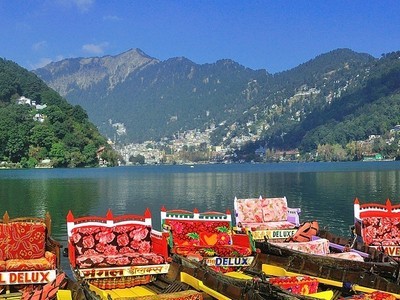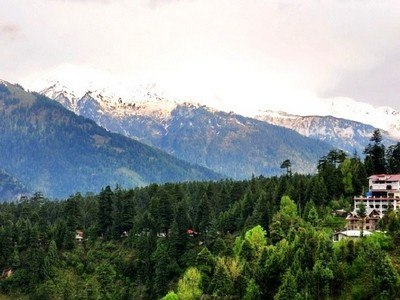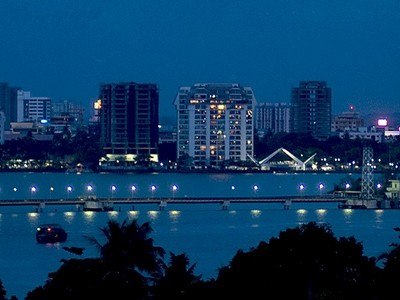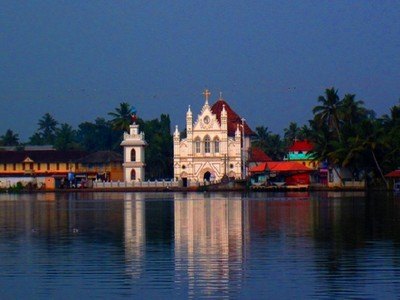At a distance of 45 km from Jaisalmer, Desert National Park is a wildlife sanctuary situated in the state of Rajasthan near the town of Jaisalmer. Situated in the sand dunes of Thar Desert, the Desert National Park is regarded as one of the largest national parks in India, and among the top places to visit as part of Jaisalmer trip.
The Desert National Park was established in 1980, and it depicts the ecosystem of the Thar Desert. Spread over an area of 3162 sq. km, the park is extensively covered by sand dunes over large extents, and is one of the major Jaisalmer sightseeing places. The main area of the park comprises compact salt lake bottoms, fixed dunes, and craggy rocks. There are many lakes inside the national park including Rajbaugh Lake, Milak Lake, and Padam Talao Lake.
Although 20% of the park is covered with sand dunes, the park has abundant birdlife. Over 120 resident and migratory birds can be found in the park. The most commonly spotted birds include various species of eagles, vultures, falcons, harriers, kestrels, larks, shrikes, buzzards, etc. Desert national park is home to some of the rarest species of birds like the Great Indian Bustard. It migrates locally in different seasons.
Chinkara, desert fox, Bengal fox, desert cat, blackbuck, hedgehog, etc. are some of ...
...read more






